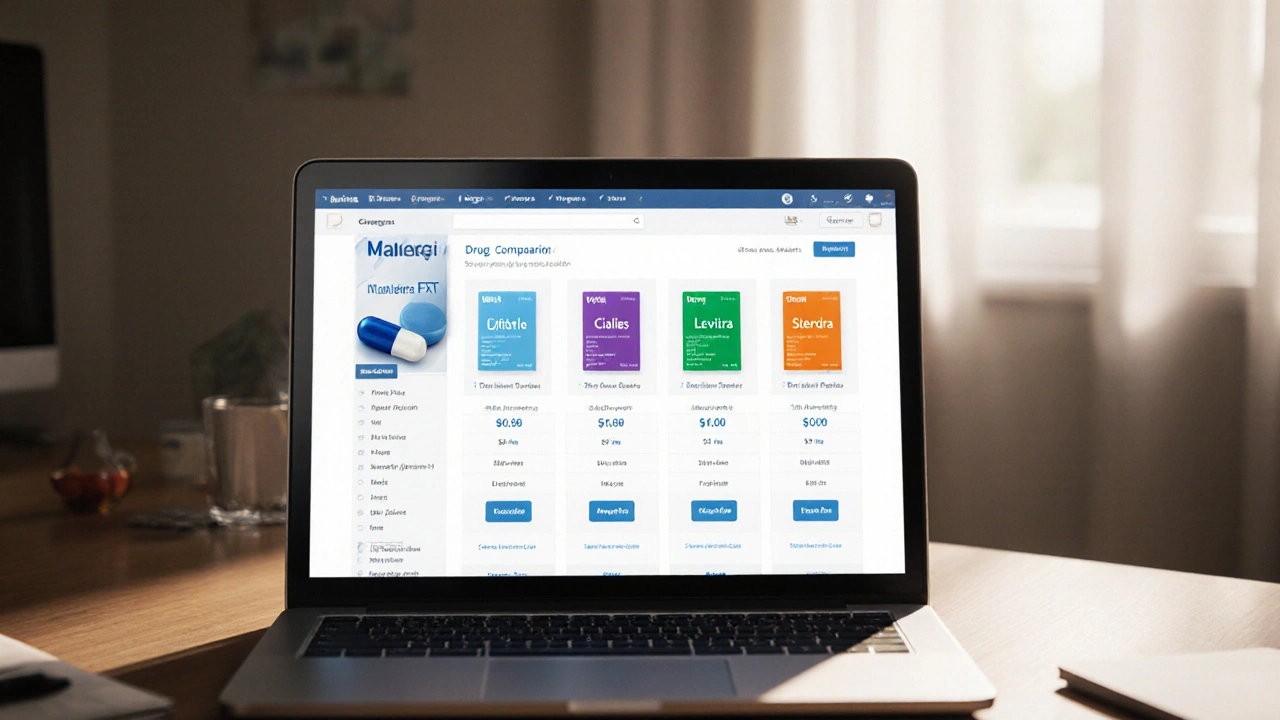Fluoxetine – What You Need to Know
When working with Fluoxetine, a selective serotonin reuptake inhibitor (SSRI) used to treat mood disorders. Also known as Prozac, it boosts serotonin levels in the brain, easing symptoms of depression and anxiety. Understanding its core properties helps you make smarter health decisions.
Fluoxetine belongs to the broader class of Selective serotonin reuptake inhibitors, medications that block the reabsorption of serotonin, keeping more of the neurotransmitter available for signaling. This class also includes sertraline, citalopram, and escitalopram, all sharing a similar mechanism but differing in potency and side‑effect profiles. Knowing that fluoxetine is an SSRI clarifies why it’s often a first‑line choice for clinicians.
Why Fluoxetine Matters for Major Depressive Disorder
The primary condition fluoxetine targets is major depressive disorder, a disabling mood condition marked by persistent sadness, loss of interest, and cognitive slowdown. By increasing serotonin, fluoxetine helps restore emotional balance, improve sleep, and boost energy. Research shows that many patients experience relief within 4‑6 weeks, making it a reliable option in treatment plans.
Beyond depression, fluoxetine influences serotonin, a neurotransmitter that regulates mood, appetite, and pain perception. Higher serotonin availability reduces the intensity of intrusive thoughts and anxiety spikes. The drug’s impact on serotonin explains its effectiveness in conditions like obsessive‑compulsive disorder and bulimia.
When starting fluoxetine, clinicians typically begin with a low dose—often 20 mg daily—to gauge tolerance. The dose can be increased to 40‑60 mg if needed, but most patients find the initial dose sufficient for moderate symptoms. Side effects such as mild nausea, headache, or insomnia usually subside after a few weeks. If sexual dysfunction or weight changes arise, adjustments or switching to another SSRI may be considered.
Fluoxetine’s versatility extends to anxiety disorders. Many patients with generalized anxiety benefit from its calming effect without the sedative crash associated with benzodiazepines. In pregnancy, fluoxetine is sometimes continued because abrupt discontinuation can worsen maternal depression, which itself harms fetal development. However, doctors weigh the risks and benefits carefully, especially in the third trimester.
Drug interactions are a critical piece of the puzzle. Fluoxetine is a strong inhibitor of the liver enzyme CYP2D6, which means it can raise levels of medications metabolized by this pathway, such as certain antipsychotics and beta‑blockers. Always inform your prescriber about over‑the‑counter supplements, especially St. John’s wort, as they can trigger serotonin syndrome when combined with fluoxetine.
All these facets—its SSRI classification, impact on serotonin, proven track record in major depressive disorder, and crossover benefits for anxiety—make fluoxetine a cornerstone of modern psychopharmacology. Below you’ll find a curated collection of articles that dive deeper into dosing strategies, safety tips, comparative reviews, and the latest research findings, giving you the practical knowledge you need to navigate fluoxetine therapy confidently.

